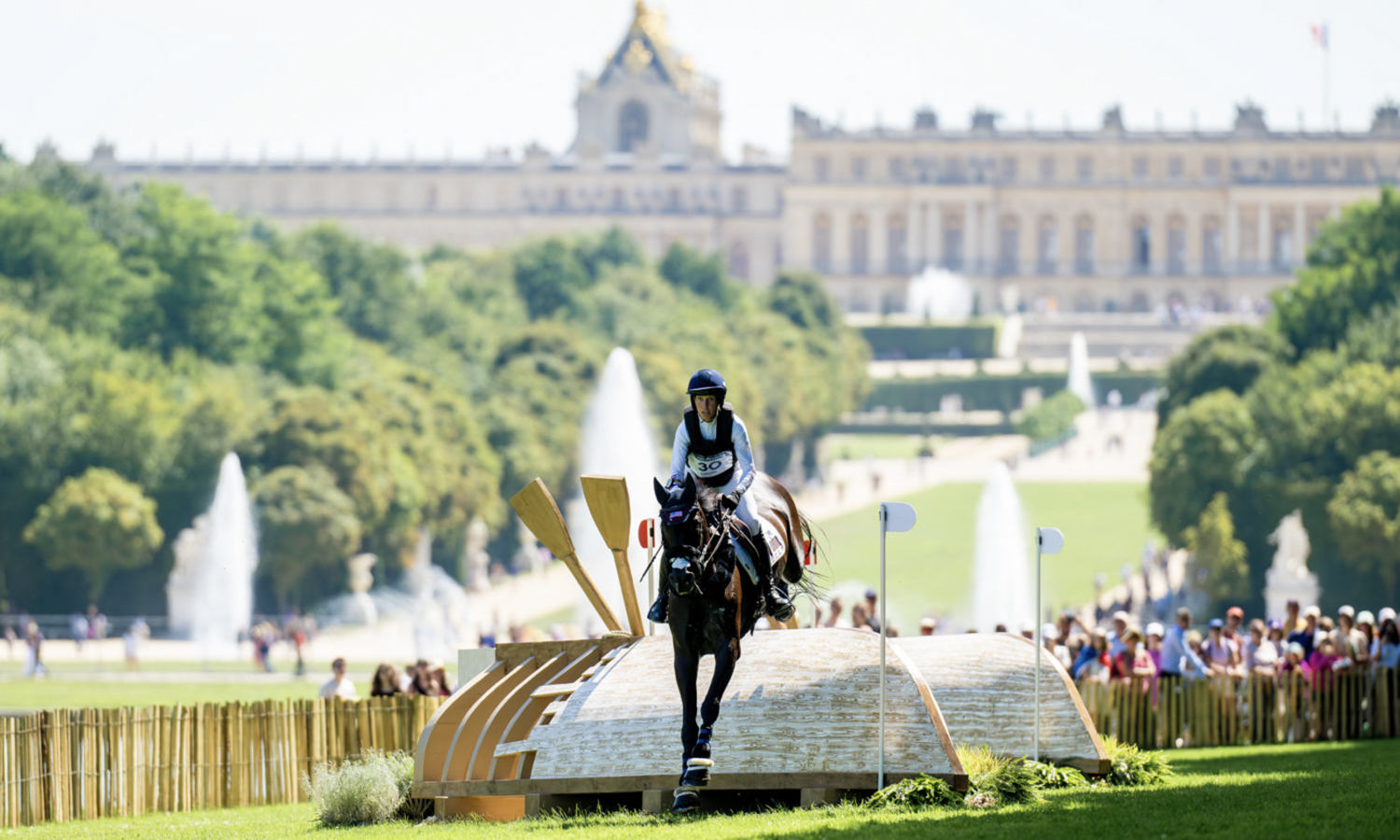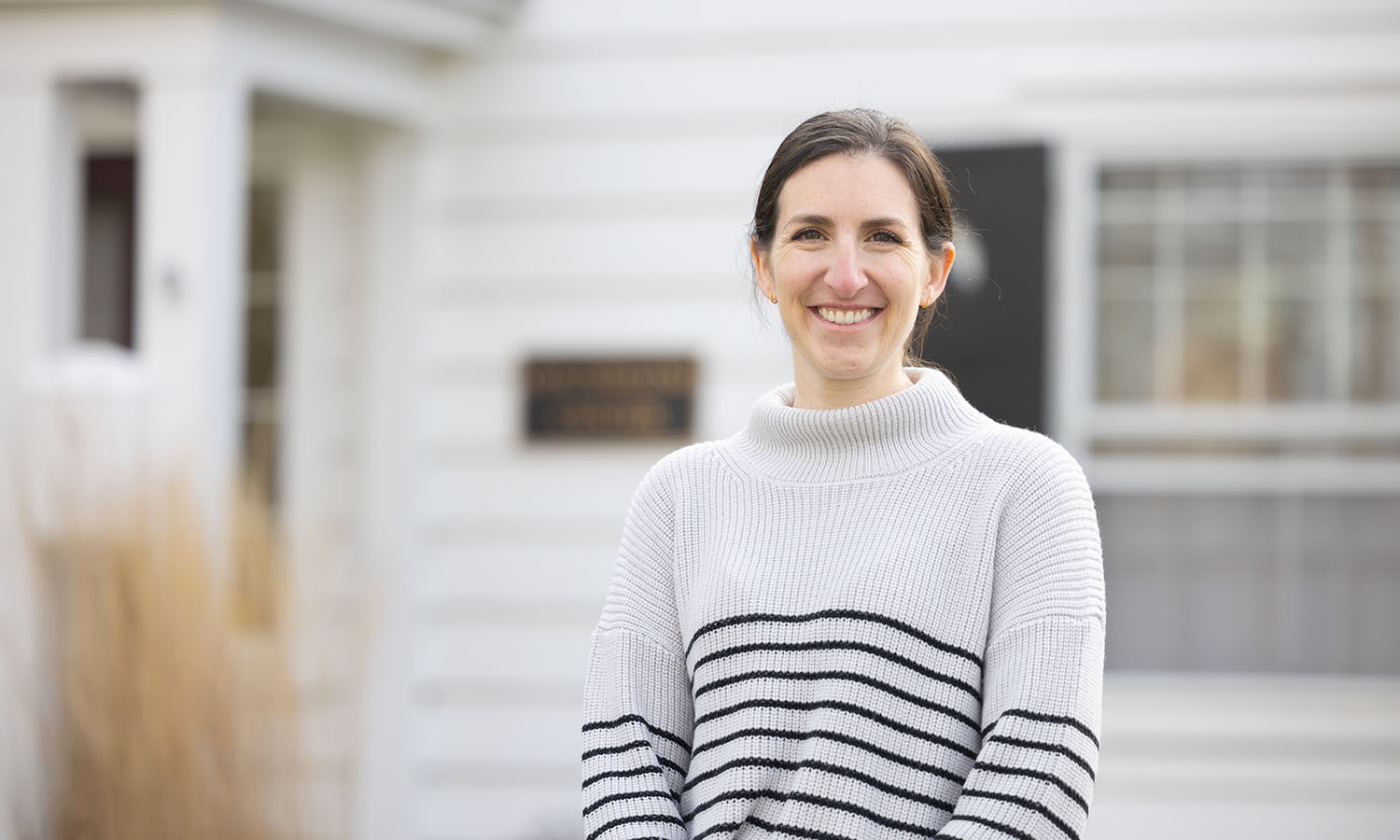
HWS News
5 December 2024 • Alums • ic Cruz ’11 Explores Cultural Crosscurrents in “Carry on Tradition”
New mixed media works by Walter Cruz ’11 fuse diasporic histories and contemporary experience.
With the materials of city life — concrete, street signs, spray paint and found objects — Walter Cruz ’11 is examining the enduring traditions that shape individual and collective identities.
Watch a video about “Carry on Tradition” and Cruz’s artistic process.
Drawing on his Dominican heritage and cross-cultural experiences growing up in New York City, Cruz’s current project, “Carry on Tradition,” opened this spring at Heather Grey Gallery at Hooper House* in Baltimore. Pieces from the project also appeared as part of The Bronx Museum’s biennial show and group shows at El Kilometro Gallery in San Juan, Puerto Rico and the Andrew Freedman Home Gallery in New York. Cruz further developed work from “Carry on Tradition” this summer as a fellow at Lighthouse Works, an artist residency program on Fishers Island, N.Y., and will soon study local art and architecture as a fellow at Pocoapoco in Oaxaca, Mexico.
“Carry on Tradition” weaves expansive threads into a visually rich tapestry that ranges from Hip-hop and Salsa, to traditional Dominican Diablos Cojuelos masks and the Kifwebe masks of the Democratic Republic of Congo and Central Africa, illuminating the intricacies of the African diaspora and the deeper connections that transcend generations.
Here, Cruz reflects on the idea of tradition and the architectural roots of his art, which he traces back to his studies at HWS.
Your work draws connections between identity, geography, history and culture. Where does that interest come from?
Part of the seed was planted at HWS in a class called “The Sociology of Architecture.” That course really got me thinking about how the built environment affects us as people. How does it affect our psyche? What does that look like? I always have that in the back of my mind. That’s why I chose to work with materials like concrete in this set of work. Living in New York, it’s a material that I’m constantly interacting with, so it felt like the most honest thing to use. I’m also trying to have those geographic and cultural conversations, which is where forms come in. Using concrete as the substrate, and then turning it into different things, like paintings or floor pieces or the concrete masks that I’ve been developing, lets me have those different moments of conversation.
What’s the relationship between the concepts you’re examining and the media you’re using in “Carry on Tradition”? How does the idea of tradition play into your work in general?
I’m interested in being somewhat subversive when it comes to materials. Prior to working with concrete and brick, I was making paintings in which I mixed stone into acrylic paint so that it mimics more natural materials like clay versus plastic, which is what you expect acrylic paint to most resemble. I enjoy making materials appear different from what they actually are. I find it really interesting to use that as a kind of a hook to get people to look at my work, so we can have the real conversation that I want to have.
How has your art and your approach to making it changed since your time at HWS?
I studied architecture at HWS, so a lot of my practice is rooted in architecture. My minor was studio art and I took classes with Professors Ted Aub and Nick Ruth, but it wasn’t something I prioritized. After graduation I was accepted to an education fellowship program in China, where I was essentially a college counselor for Chinese high school students to help them get into schools in the U.S., the U.K. and Canada. While I was there, I visited Beijing, which has an incredible arts district, and that was the moment where I was like, “Hey, I really think I want to take art more seriously.” Back in the States a few years later, I met an artist in New York and we hit it off, so I started helping him out from time to time. He introduced me to another artist who ended up becoming somewhat of a mentor, and he suggested I go back to school for my M.F.A. So in 2019, I started grad school at MICA [Maryland Institute College of Art] in Baltimore, and as I got to know more about art and what’s possible, I started to tap into more techniques and that’s when my practice really started to mature to where it is now.
Looking back at your time at HWS, what people, lessons or experiences stand out most?
The discipline and principles of architecture have really stuck with me now in my current practice. Professors like Nick Ruth, Stan Mathews and the late Patricia Matthews are folks that I learned a lot from while I was on campus. I only took one class, “Color and Composition,” with Nick, but we have really built a strong relationship post-graduation. Years after I left Geneva, we ended up reconnecting and since then he’s brought multiple classes to my studio space in New York. We’re in contact regularly, just to check in and catch up and give each other pointers.
*Heather Grey Gallery is located at Hooper House, a historic property reimagined by Matt Oppenheim ’08 as a cultural hub for local artists and entrepreneurs, as well as a community gathering place within Baltimore’s historic Old Goucher neighborhood.



